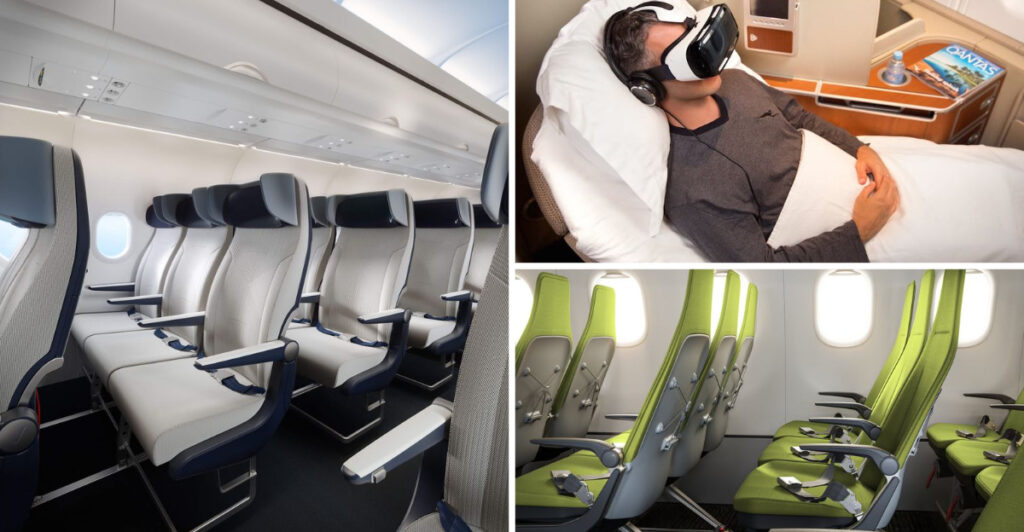Modern air travel has evolved significantly, affecting everything from passenger comfort to cabin design. My experience of a non-reclining seat opened up a deeper understanding of these transformations. Here’s what I discovered about the intricacies of contemporary flying.
The Rise of Fixed Seats
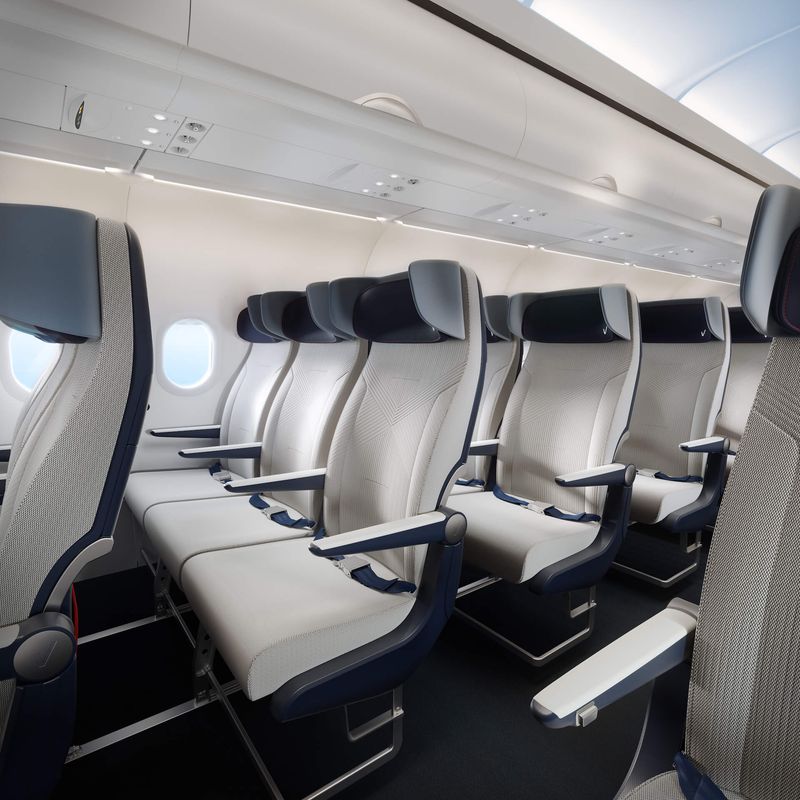
The concept of fixed seats in airplanes is growing increasingly common. Airlines are opting for these seats to save on maintenance costs and to ensure more seats fit into the cabin.
This design choice offers a more stable seating option for passengers, minimizing disturbances from reclining seats. Interestingly, fixed seats also tend to be lighter, contributing to fuel efficiency.
Next time you board a flight, take notice of these firm fixtures and appreciate the quiet they offer.
Space Optimization Techniques
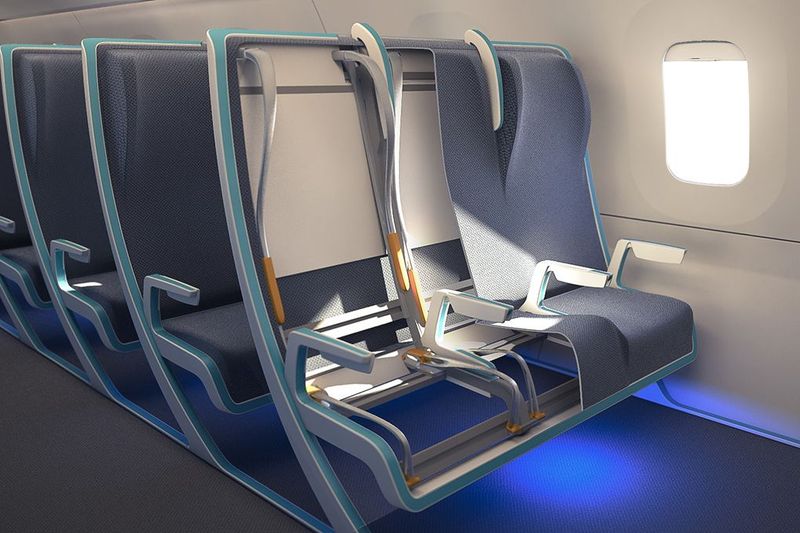
With passenger numbers rising, airlines are continuously optimizing space within aircraft cabins. By designing smarter, more compact seating arrangements, airlines can accommodate more passengers without sacrificing too much comfort.
This optimization involves innovative layouts, such as staggered seating or reimagined storage solutions that maximize every inch of available space.
These clever designs reflect the airlines’ efforts to balance comfort with capacity in an ever-growing travel market.
The Era of Ultra-Thin Seats
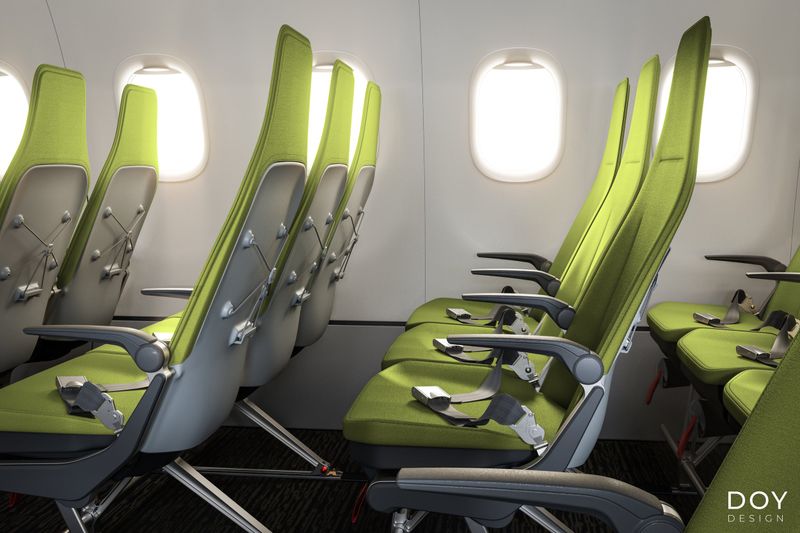
Ultra-thin seats have made their way into many modern aircraft, bringing both benefits and challenges. These seats allow airlines to reduce weight and increase fuel efficiency, which can lead to cost savings passed on to passengers.
While they offer a sleek and modern look, some travelers find them less comfortable for long-haul flights. However, the trade-off often includes additional amenities like improved entertainment systems.
Ultra-thin seats are a testament to how airlines are rethinking the balance between style, efficiency, and comfort.
Enhanced In-Flight Experience
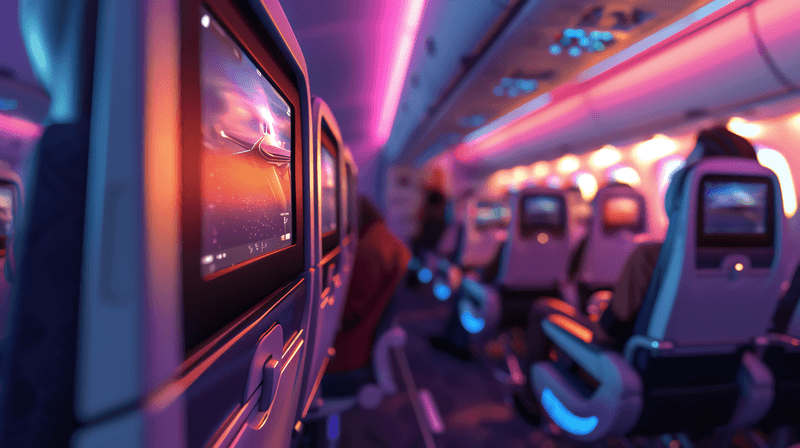
Today’s in-flight experience has expanded to include state-of-the-art entertainment systems and connectivity options. Passengers can enjoy a wide array of movies, music, and even live TV, making long flights more enjoyable.
Airlines are investing heavily in technology to ensure that passengers remain entertained and connected to the world below. This technological leap is a direct response to passengers’ increasing expectations for a home-like experience in the skies.
These enhancements highlight the dynamic advancements in passenger amenities.
Increased Focus on Sustainability

Sustainability has become a key focus in the aviation industry, with airlines seeking ways to reduce their environmental footprint. From using more fuel-efficient engines to adopting sustainable materials in cabin design, the industry is undergoing a green revolution.
Smart Seat Technology
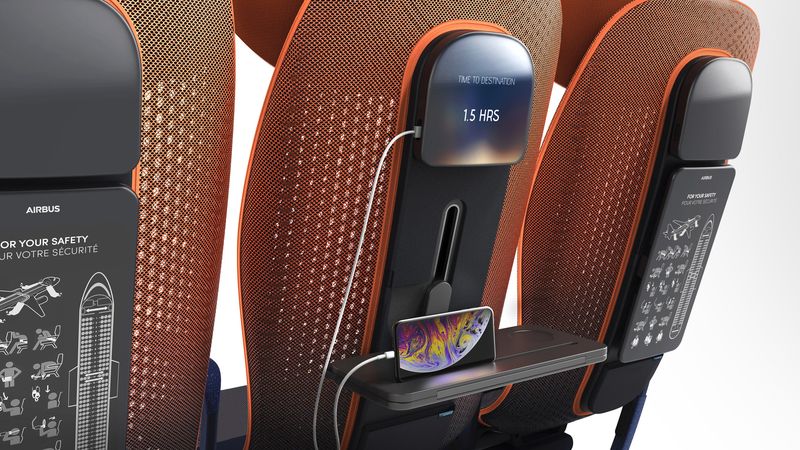
Imagine flying in a seat that knows your preferences. Smart seat technology is revolutionizing comfort by allowing passengers to customize their seating environment. From adjusting lighting to controlling temperature, these seats are all about personalization.
Advanced sensors and touchscreens further enhance the experience by offering entertainment options tailored to the individual’s taste. This cutting-edge technology not only enhances comfort but also provides a glimpse into the future of luxury travel.
Embrace this innovation as airlines strive to blend technology with personal comfort, creating an experience that’s uniquely yours.
Increased Direct Flights
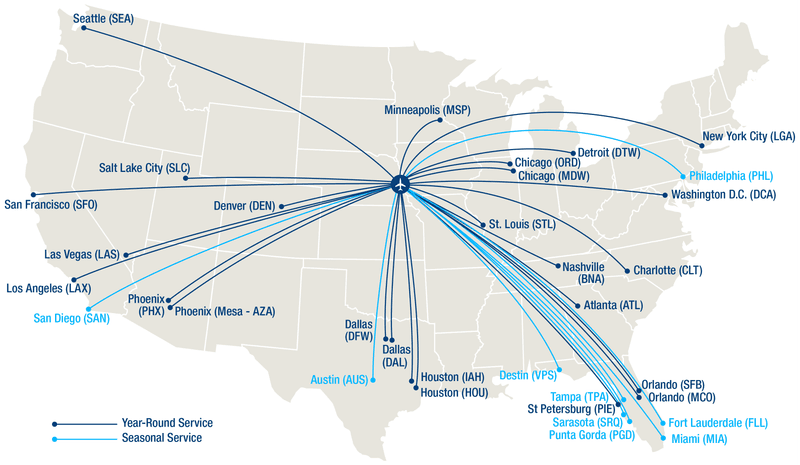
Have you ever wished for a more direct route to your destination? Airlines are increasingly offering direct flights to cater to travelers looking for convenience and speed.
This shift not only saves time but also reduces the stress and fatigue associated with layovers. By expanding their networks, airlines are connecting more cities and providing options that appeal to both business and leisure travelers.
Celebrate the ease of traveling where fewer stops mean more time for adventure or relaxation, reflecting a growing trend in modern air travel.
Focus on Wellness
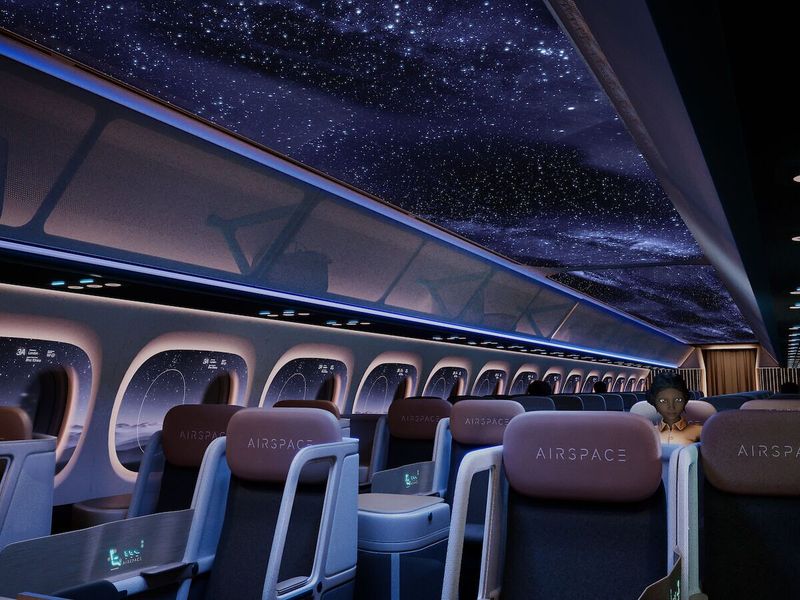
Traveling can be exhausting, but airlines are recognizing the importance of wellness, integrating features that promote health and relaxation. From in-flight yoga sessions to mindful meditation, wellness is a priority.
Cabins are being designed with ambient lighting to reduce jet lag and improve overall well-being. Airlines are also collaborating with wellness experts to offer nutritious meals and exercises that passengers can do in their seats.
This holistic approach ensures that travelers arrive at their destinations feeling refreshed and rejuvenated, reflecting a modern shift toward health-conscious flying.
Virtual Reality Entertainment
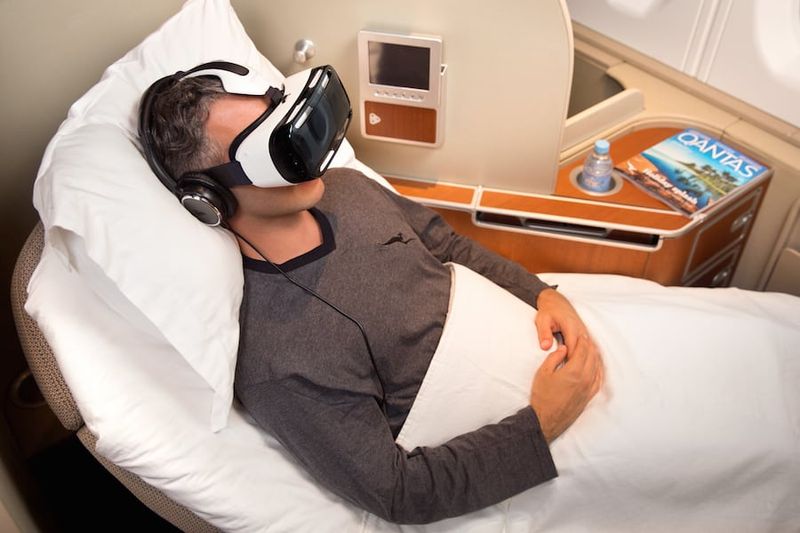
Gone are the days of limited in-flight entertainment. Virtual reality (VR) has entered the scene, offering immersive experiences that transport passengers to different worlds.
This technology allows airlines to provide diverse content ranging from games to virtual tours, enhancing passenger enjoyment on long flights. VR headsets are becoming a common sight, turning regular journeys into unforgettable adventures.
With VR, the sky is no longer the limit as passengers explore new dimensions, making flights more engaging and enjoyable.
Biometric Boarding
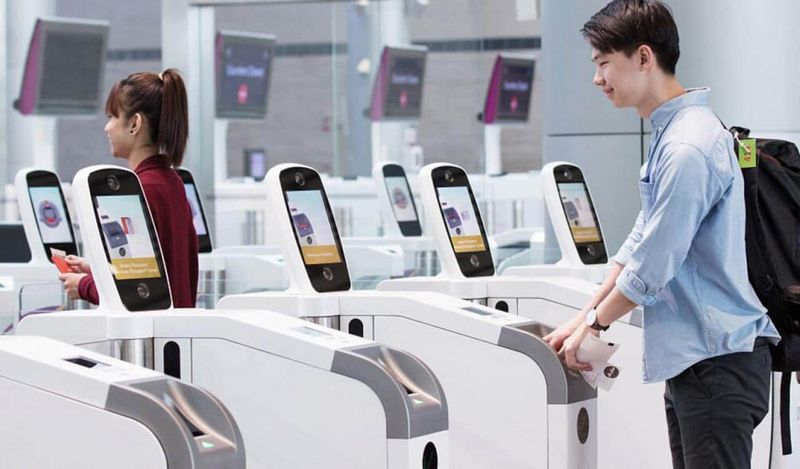
Security measures are evolving, and biometric boarding is leading the charge. This innovative technology uses facial recognition to streamline the boarding process, reducing waiting times and enhancing security.
Passengers can now board flights with just a quick scan, eliminating the need for boarding passes. This not only speeds up the process but also adds an extra layer of convenience and safety.
Experience the future of travel where technology meets efficiency, simplifying the way we fly and setting new standards in airport operations.
Eco-Friendly Initiatives

Airlines are increasingly focusing on sustainability by adopting eco-friendly initiatives. From using biofuels to reducing plastic waste, the industry is taking significant steps to minimize its environmental impact.
Innovations like solar-powered aircraft and carbon offset programs are paving the way for a greener future. These efforts reflect a commitment to protecting our planet while maintaining service quality.
Join the movement towards responsible travel as airlines invest in technologies that reduce their carbon footprint and promote environmental stewardship.
Cultural Sensitivity Training
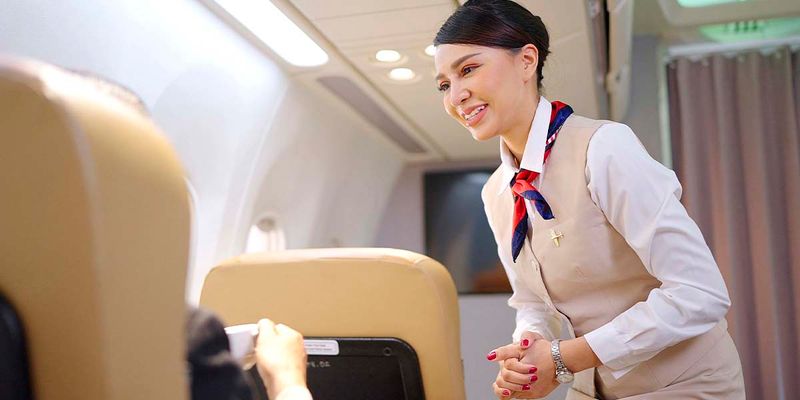
In today’s globalized world, cultural sensitivity is more important than ever. Airlines are investing in training programs for their staff to ensure respectful and inclusive interactions.
This training covers various cultural norms and communication styles, helping flight attendants cater to diverse passengers. By understanding and embracing differences, airlines create a welcoming environment for all travelers.
Embrace the change as airlines champion diversity and inclusion, enhancing the passenger experience while fostering global understanding.
Improved Onboard Connectivity
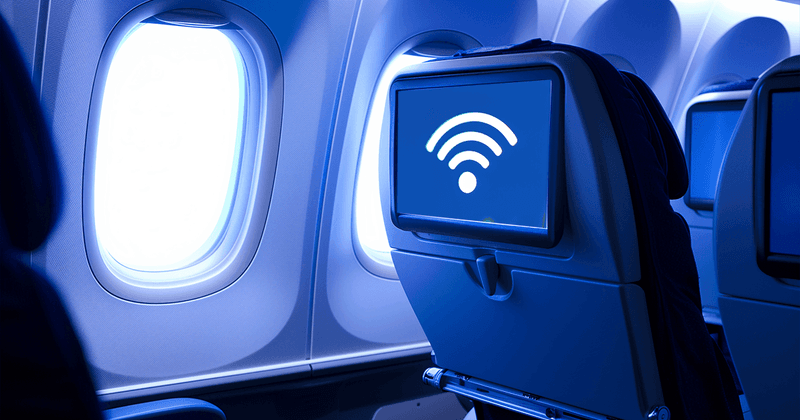
Connectivity is a crucial aspect of modern travel, and airlines are improving onboard Wi-Fi to meet passenger demands. High-speed internet access is becoming standard, allowing travelers to stay connected throughout their journey.
Whether for work or leisure, passengers can now browse the web, stream movies, or connect with loved ones without interruption. This advancement transforms the in-flight experience, making it more productive and enjoyable.
Discover the power of seamless connectivity, where staying online is no longer a luxury but a given.
Flexible Travel Policies
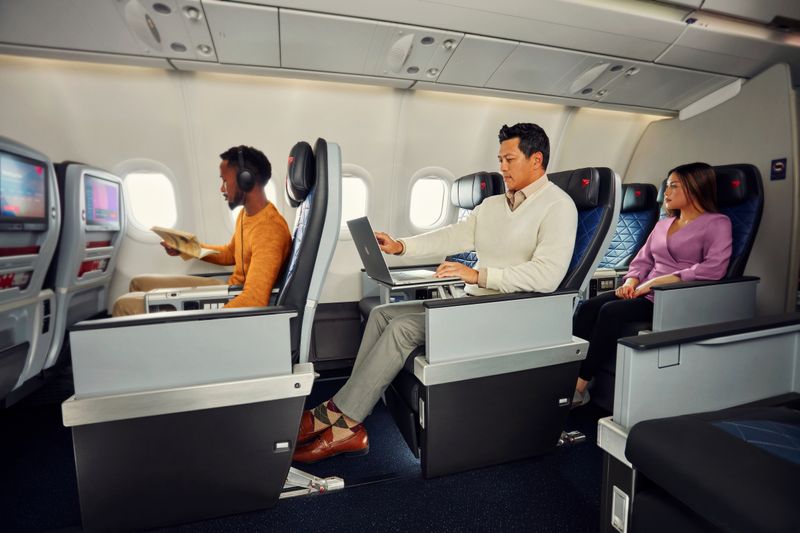
Travel plans can change unexpectedly, and airlines are adopting flexible policies to accommodate such changes. From no-fee cancellations to transferable tickets, flexibility is becoming the norm.
These policies provide peace of mind, enabling travelers to modify their plans without financial penalties. This shift reflects a customer-centric approach, focusing on understanding and adapting to passengers’ needs.
Welcome the era of travel flexibility, where airlines prioritize convenience and customer satisfaction, ensuring a stress-free journey.
Enhanced Local Cuisine
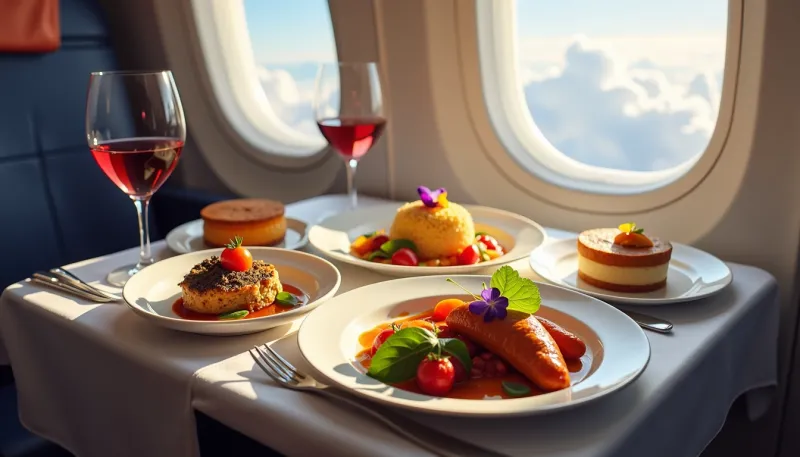
Culinary experiences now play a significant role in air travel, with airlines offering enhanced local cuisine options. These meals reflect the destinations’ cultures and flavors, providing a taste of the journey ahead.
From gourmet dishes to regional specialties, in-flight dining is evolving to satisfy discerning palates. Collaborations with renowned chefs ensure quality and authenticity, elevating the dining experience.
Savor these culinary delights as airlines go beyond traditional fare, celebrating diverse gastronomies and enhancing the in-flight experience.

